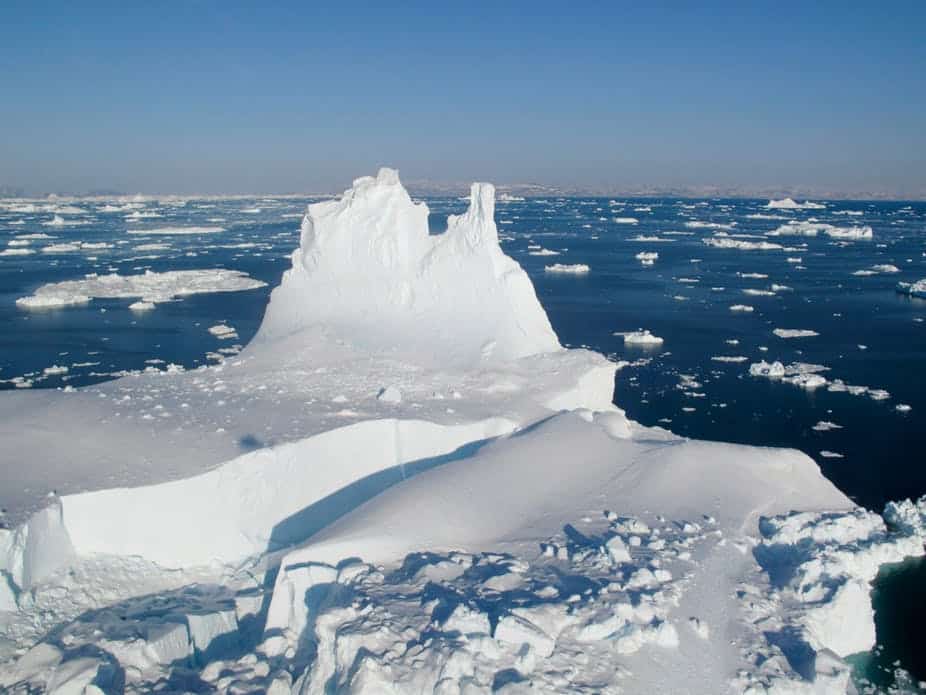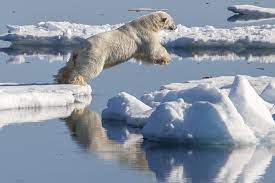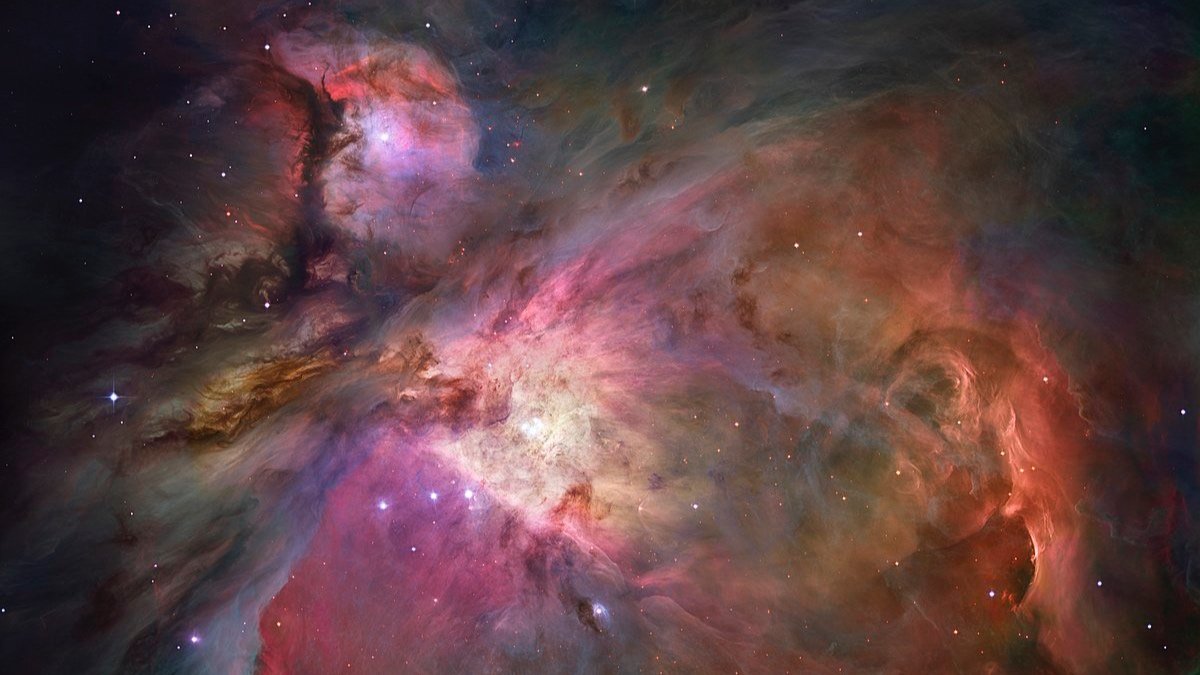Polar Majesty: Nature’s Masterpiece at the Bottom of the World
The South Pole, a land of stark beauty and untamed wilderness, stands as a testament to the raw power and majesty of nature. Known as the coldest, driest, and windiest place on Earth, this icy expanse is more than just an inhospitable environment—it is a masterpiece of extremes that captivates scientists, adventurers, and dreamers alike.
Antarctica, the continent that hosts the South Pole, is a land of contradictions. Beneath its vast sheets of ice lies a rocky landscape that has been sculpted by millions of years of geological activity. Its glaciers, some of the largest on Earth, flow with a silent persistence, carving out valleys and fjords that remain hidden beneath the surface. These glaciers hold 70% of the planet’s freshwater, making Antarctica a critical reservoir in the global water cycle.

One of the most striking features of this polar region is its ever-changing ice. The Antarctic ice sheet, which stretches over 14 million square kilometers, reflects sunlight with a brilliance that seems almost otherworldly. This albedo effect not only contributes to the Earth’s climate regulation but also creates a visual spectacle that has inspired countless explorers. At night, the aurora australis—the southern lights—dances across the sky, painting the heavens with vibrant hues of green, purple, and red.
Despite its harsh conditions, the South Pole teems with life adapted to survive in its frozen embrace. Penguins, the iconic inhabitants of Antarctica, waddle across the ice in search of open waters, while seals bask on the frozen surface, conserving energy in the frigid temperatures. Beneath the ice, a rich marine ecosystem thrives, from krill swarms to majestic whales that migrate through the Southern Ocean. Each of these species plays a vital role in maintaining the delicate balance of this extreme environment.
The South Pole also serves as a hub for scientific discovery. Researchers from around the world flock to its remote research stations to study climate change, glaciology, and astrophysics. The clear, dry atmosphere above the Antarctic Plateau offers an unparalleled window into the universe, making it an ideal location for observing cosmic phenomena. At the same time, the continent’s ancient ice cores provide a timeline of Earth’s climatic history, offering insights into past and future environmental changes.
However, the majesty of the South Pole is under threat. Rising global temperatures are causing Antarctic ice to melt at an alarming rate, contributing to rising sea levels and disrupting ecosystems. The fragile balance of life in this region serves as a stark reminder of the interconnectedness of Earth’s systems and the urgent need for global action to combat climate change.

For those fortunate enough to experience the Polar Majesty firsthand, the South Pole leaves an indelible mark. It is a place of awe-inspiring beauty and profound solitude, where nature reigns supreme and humanity is but a humble visitor. Whether through the lens of science, exploration, or conservation, the South Pole stands as a beacon of resilience and wonder, reminding us of the delicate yet powerful forces that shape our world.
As we continue to explore and understand this icy frontier, we must also commit to preserving its unique splendor. The South Pole is not just a remote corner of the Earth; it is a masterpiece of nature, a living testament to the planet’s enduring majesty, and a symbol of our shared responsibility to protect the fragile environments that sustain life.












Post Comment